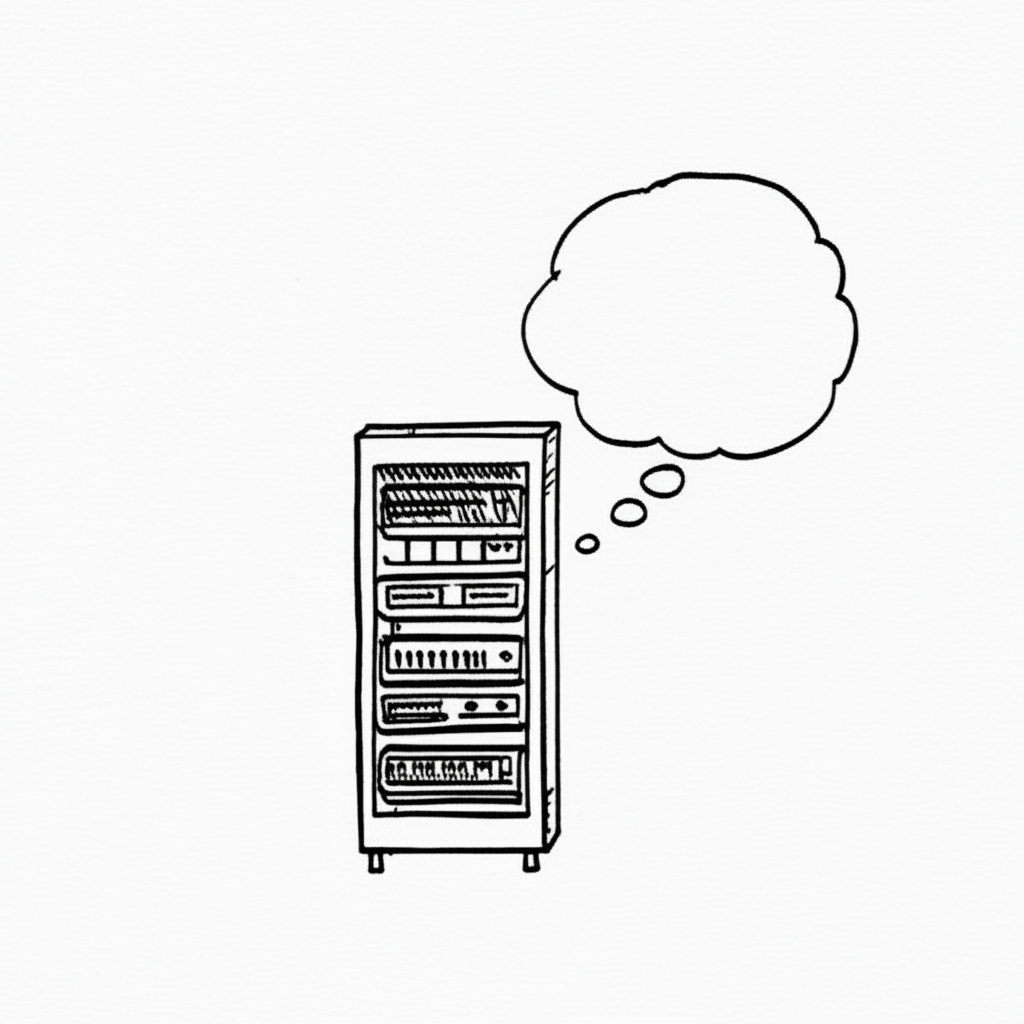In the rapidly evolving landscape of Large Language Models (LLMs), managing conversational context efficiently is paramount. As developers build more sophisticated AI applications, they often hit limitations related to token windows, structured data, and maintaining coherent, long-running interactions. This is where Anthropic's Model Context Protocol (MCP) steps in as a critical standard.
What is Anthropic's Model Context Protocol (MCP)?
Anthropic's Model Context Protocol (MCP) is a specification designed to standardize how applications interact with LLMs, particularly concerning the management and transfer of conversational context. It provides a structured way to represent and exchange information, ensuring that LLMs receive the most relevant and concise context for generating accurate and coherent responses.
Think of it as a common language for your application and the LLM to discuss what's important in a conversation, allowing the model to "remember" key details without being overwhelmed by irrelevant information or exceeding its context window limits.
Why is MCP Necessary?
- Context Window Limitations: LLMs have finite context windows (the amount of text they can process at once). MCP helps summarize and prioritize information to fit within these limits.
- Structured Data Handling: It provides mechanisms to pass structured data (like JSON objects, database query results, or user profiles) to the model in a way it can easily understand and utilize.
- Reduced Hallucinations: By providing precise and relevant context, MCP can help reduce instances where LLMs generate factually incorrect or irrelevant information.
- Improved Performance & Cost: Sending only necessary context reduces token usage, leading to faster responses and lower API costs.
How MCP Works (Simplified)
At its core, MCP defines a set of conventions for how context should be formatted and presented to an LLM. This often involves:
- Summarization: Condensing past conversation turns or external documents into a brief, relevant summary.
- Tool Use: Providing the model with descriptions of available tools (e.g., a search engine, a database query tool) and the necessary context to decide when and how to use them.
- State Management: Passing explicit state variables or user preferences that the model should consider.
Benefits of Adopting MCP
By embracing a structured approach like MCP, development teams can unlock significant advantages:
- Improved LLM Reliability: Models receive consistent, high-quality context, leading to more predictable and accurate outputs.
- Scalability: Efficient context management allows applications to handle more complex and longer conversations without hitting performance bottlenecks.
- Easier Debugging: A standardized protocol makes it simpler to trace how context is being passed and identify issues.
- Future-Proofing: Adhering to a protocol makes your application more adaptable to future LLM advancements and changes.
Conclusion
Understanding and implementing Anthropic's Model Context Protocol is no longer just a niche skill; it's becoming a fundamental requirement for building robust, scalable, and intelligent AI applications. For CTOs, engineering managers, and senior developers, investing in this knowledge within your teams will pay dividends in the quality, efficiency, and innovation of your LLM-powered products. Embrace MCP, and empower your AI to truly understand and respond within its context.
